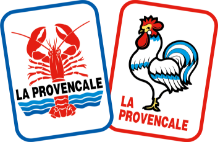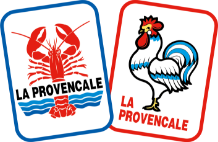Armagnac is the oldest brandy in France. Known at the time for its therapeutic virtues, Armagnac took off in the Middle Ages to become a real consumer product.
Around 1830, trading houses settled on the Bay, a navigable tributary of the Garonne because the waterways were the only transport routes of the time. The decree of 6 August 1936 defines the controlled name of Armagnac and its three regions:
Bas-Armagnac:
The jewel of the appellation, giving the most elegant and finely bouquetd etece.
Tenacity:
Produces rougher, assertive and rustic lifestyles.
Haut-Armagnac:
Less qualitative production with the largest area of the AOC Armagnac but which has the smallest vineyard and the lowest production.
The production of Armagnac begins with the winemaking of white grapes (Folle Blanche, Ugni blanc and Colombard) with good acidity and a low alcoholic degree in the most traditional way possible. Then comes the distillation stage, it is practiced during the winter just after winemaking, but must be done before March 31 of the year following the harvest. It is carried out in a column or continuous still from which comes a brandy with a titling water of 52 to 60 degrees. This distillate, very aromatic is then put in oak barrels of 400 liters for many years of aging to assert and refine slowly.

